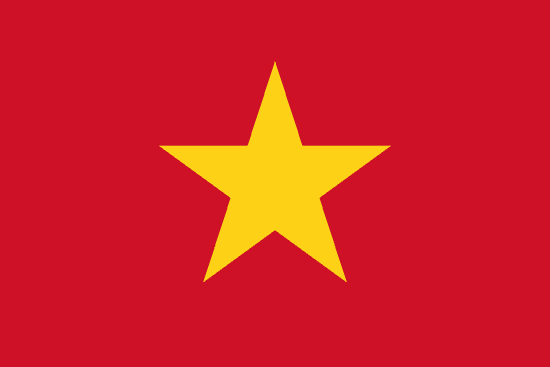"Hà Nội - Thành phố vì hòa bình | Hanoi - City for Peace"
About:
Hanoi, the capital of Vietnam, was founded in 1010 AD during the Ly Dynasty, originally named Thang Long ("Rising Dragon"). It became the capital of French Indochina in 1887, and was renamed Hanoi in 1831. After WWII, it briefly served as the capital of North Vietnam, and following the Vietnam War and reunification in 1976, it became the capital of the united Vietnam. Today, Hanoi is a bustling metropolis, renowned for its rich history and vibrant culture.
When to visit:
Hanoi, the capital city of Vietnam, experiences distinct seasons throughout the year. The best time to visit Hanoi is during the autumn months of September to November when the weather is mild and the city is adorned with beautiful fall foliage. This period also coincides with several cultural festivals and holidays, such as the Mid-Autumn Festival and the Hanoi Liberation Day in October, providing a vibrant atmosphere for visitors. It is advisable to avoid the summer months of June to August due to the hot and humid weather, as well as the frequent occurrence of heavy rainfall during the monsoon season.
When to avoid:
The worst time to travel to Hanoi, Vietnam on a holiday is during the summer months of June to August. This period experiences high temperatures and humidity, making outdoor activities uncomfortable for travelers. Additionally, heavy rainfall during the summer can lead to flooding and disrupt travel plans. Tourist attractions may also be crowded during this peak travel season, leading to longer wait times and less enjoyable experiences for visitors. It is advisable to plan your trip to Hanoi outside of the summer months to avoid these potential challenges.
"Winter Monsoon Season"
Hanoi's coldest and wettest period is from November to April, with January being the coldest month. Average temperatures range from 14°C to 20°C. This season also sees the most rainfall, particularly in February and March. The city is often overcast, with fewer hours of sunshine compared to other months. Fog and drizzle are common, creating a chilly, damp atmosphere. An average day for a visitor might involve exploring the city under a light drizzle or mist, bundled up in warm clothes. Despite the weather, the city's vibrant culture and bustling street life continue unabated.
"Summer (May–September)"
In Hanoi, the warmest part of the year typically spans from May to September, during the city's summer season. During this period, the average daytime temperature usually ranges between 30°C to 35°C, although it can occasionally reach up to 40°C.
Rainfall is also at its peak during these months, with July and August being the wettest, receiving an average of 320mm and 345mm of rainfall respectively. This is due to the influence of the southwest monsoon, which brings in heavy, yet sporadic, downpours, usually in the afternoons or evenings. Despite the rain, the city still enjoys a fair amount of sunlight, with an average of 6 to 7 hours of daylight per day.
Humidity levels are typically high, averaging around 80% during the summer months. This can make the heat feel more intense, resulting in a sultry, tropical climate. Additionally, cloud cover is also common during this period, with the sky often appearing partly cloudy to overcast.
For a visitor, a typical summer day in Hanoi would start off hot and sunny, with temperatures quickly rising after sunrise. As the day progresses, the humidity would make the heat feel more oppressive. In the afternoon or evening, the city is likely to experience a heavy rain shower, which provides a brief respite from the heat. However, the rain also increases the humidity once it stops, making the evenings warm and sticky. Despite this, the vibrancy and charm of Hanoi continue to shine through, offering a unique and memorable experience for its visitors.
Language:
Vietnamese is the official and predominant language in Hanoi, reflecting the city's location as the capital of Vietnam. Due to historical influences and ongoing tourism, English is also widely spoken, particularly in the tourism and hospitality sectors. Additionally, French, a vestige of colonial times, is spoken by some older residents and educated elites. Chinese and Korean are also spoken due to trade and tourism.




